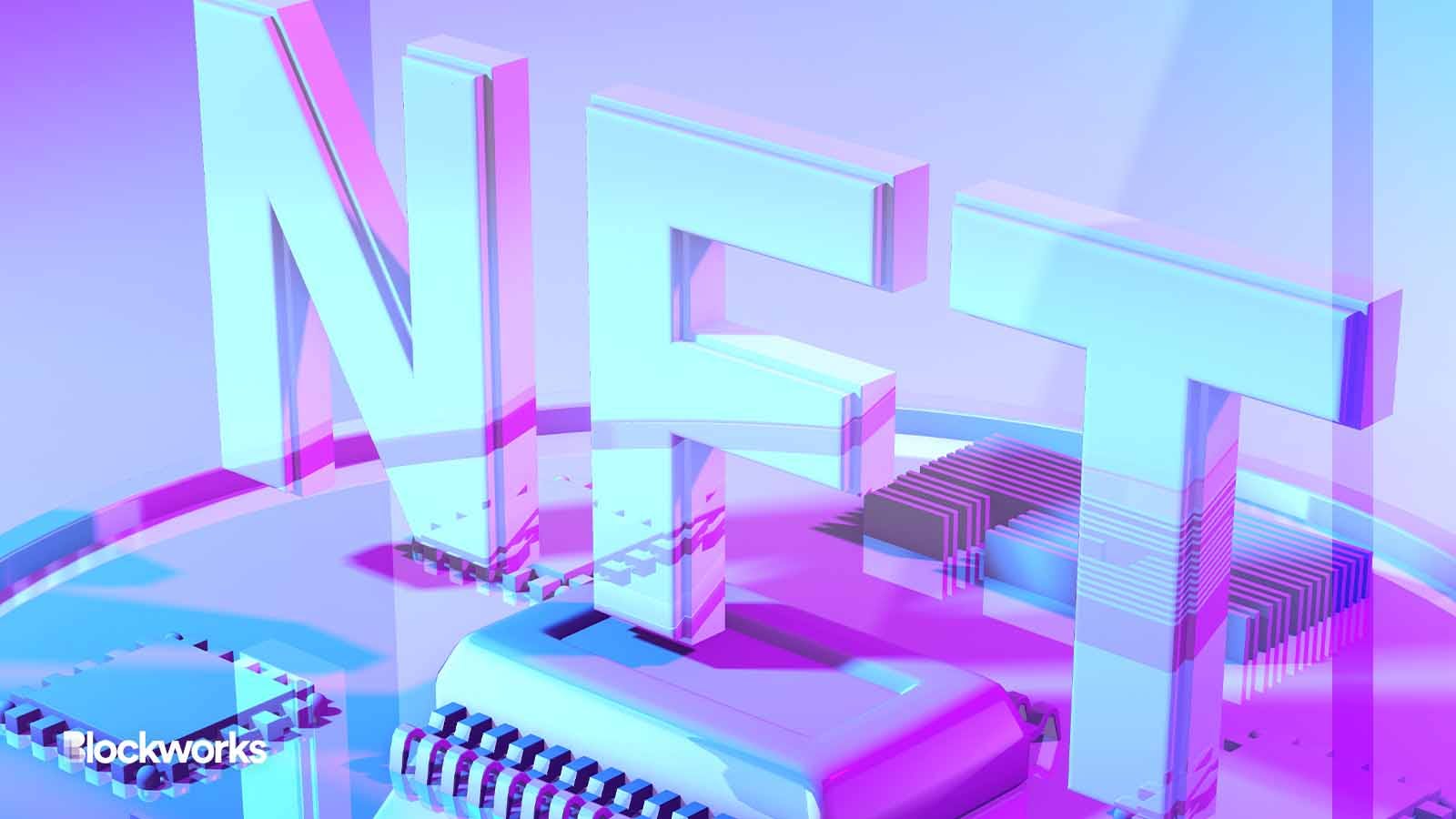Solana’s compressed NFTs open doors to new distribution models
Minting millions of low-cost NFTs enables more digital asset use cases, Tensor co-founders say

Immersion Imagery/Shutterstock modified by Blockworks
The NFT narrative once centered on a small group of crypto-rich individuals flaunting their success with incomprehensibly expensive digital assets, exclusive to their wallet addresses.
That narrative has flipped with compressed NFTs, according to the co-founders of Solana-based NFT market Tensor. Now, they say it’s all about making distribution as cheap as possible in order to attract as many people as possible to the market.
Ilja Moisejevs and Richard Wu talk to Blockworks on the Lightspeed podcast (Spotify/Apple) about the highly efficient approach to digital asset creation and how it will change the market.
Explained in detail on Solana’s official website, a compressed NFT uses “state compression,” which “takes advantage of Merkle trees” to reduce the required data into a “hash” or “fingerprint,” stored in the Solana ledger.
“It’s the cheapest possible way in crypto to create an NFT,” says Moisejevs.
Consumer behavior all goes back to cost, he says. Whether it’s calling an Uber, staying in an AirBnB or skipping the dishes, behaviors change when things are cheaper. Making assets cost next to nothing enables a broad range of new distribution models and expands the market’s potential size, Moisejevs says.
Tensor is among the first pioneers to test out compressed NFTs, so the founders have developed a few ideas regarding their use-cases. “These will be used without thought in every single crypto consumer app at some point,” Wu says confidently.
Wu says compressed NFTs unlock the ability for consumer applications to experiment with possibilities, freed from the burden of creation costs. The boost in efficiency has sparked a variety of new possibilities, he says.
Dialect, a wallet-to-wallet messaging app, he says as an example, offers the ability to send and receive collectible NFT “stickers.” Even though the minting cost is negligible, “it’s still worth something,” Wu says, “because there’s a limited quantity and you can trade them back and forth.”
Drip Haus airdrops NFTs in the thousands for free to subscribers — an impossibility for creators on the Ethereum side of the digital asset equation. “Think about any consumer app in Web2 that’s remotely useful, that has some notion of something that you could perhaps own, something that you could perhaps collect and show off,” Wu says.
“All of these will eventually use NFTs,” he says. “It only makes sense for them to use compressed NFTs because of the cost.”
Added complexities
Moisejevs admits that the compression technology adds complexity to the developer experience, requiring “very close cooperation” between the RPC provider and the app-builder. The two parties are “constantly going back and forth and resolving issues,” he says, “because this technology spans the infrastructure stack as much as it spans the app stack.”
“You really need these two teams working in tandem. When it comes to a solo developer that just wants to spin up a fun little app for a hackathon, this is going to be a lot harder to do than it would be to do with normal NFTs.”
Wu notes that, as is often the case with low-cost platforms, spam will be an issue that needs to be addressed by developers. “They’re so cheap to make, people don’t even think about how much it costs to send someone one of these compressed NFTs or to create a thousand compressed NFTs.”
“People will be getting thousands, tens of thousands of these compressed NFTs,” he says, which will be a technical challenge for wallet and RPC providers. Marketplaces like Tensor will need to index and surface the NFTs efficiently while hiding spam. “That’s going to be very difficult.”
Wu sees compressed NFT tech as a means to expand the market’s audience. “What we need is to find a way to bring more users into the space to actually proliferate NFTs and the idea of digital assets so that your relatives, friends at Thanksgiving dinner, will actually be interested in NFTs.”
“A lot of crypto is just speculation right now,” and while that’s “keeping the wheels turning,” he says, “it’s not something that is exciting in the long term.”
“It’s fun for now, but we need to grow beyond just speculation.”
Get the news in your inbox. Explore Blockworks newsletters:
- The Breakdown: Decoding crypto and the markets. Daily.
- 0xResearch: Alpha in your inbox. Think like an analyst.






